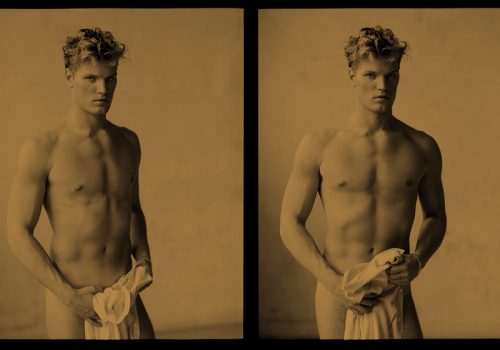Michael James O’Brien is an American photographer and poet. In 1993 he began a collaboration with the artist Matthew Barney, producing all of Barney’s still photographs and creating a photographic parallel to his Drawing Restraint 7, Cremaster 1, 2, 4, 5. These works have been exhibited at the Musée d’Art Moderne in Paris from October 2002-January 2003, at the Guggenheim New York in 2003 and throughout the world. His portrait of the artist duo Gilbert and George is in the National Portrait Gallery in London. His work has been commissioned by magazines such as The New Yorker, Departures, Rolling Stone, Financial Times, Elle Décor, The New York Times. One of O’Brien’s most known books of photographs is entitled Girlfriend; Men, Women & Drag and was published by Random House in 1999.
This article is reserved for subscribed members only. If you are already a member, you can log in here below.
Subscribe for full access to The Eye of Photography archives!
That’s thousands of images and articles, documenting the history of the medium of photography and its evolution during the last decade, through a unique daily journal. Explore how photography, as an art and as a social phenomenon, continue to define our experience of the world. Two offers are available.
Subscribe either monthly for 8 euros (€) or annually for 79 euros (€) (2 months offered).
















